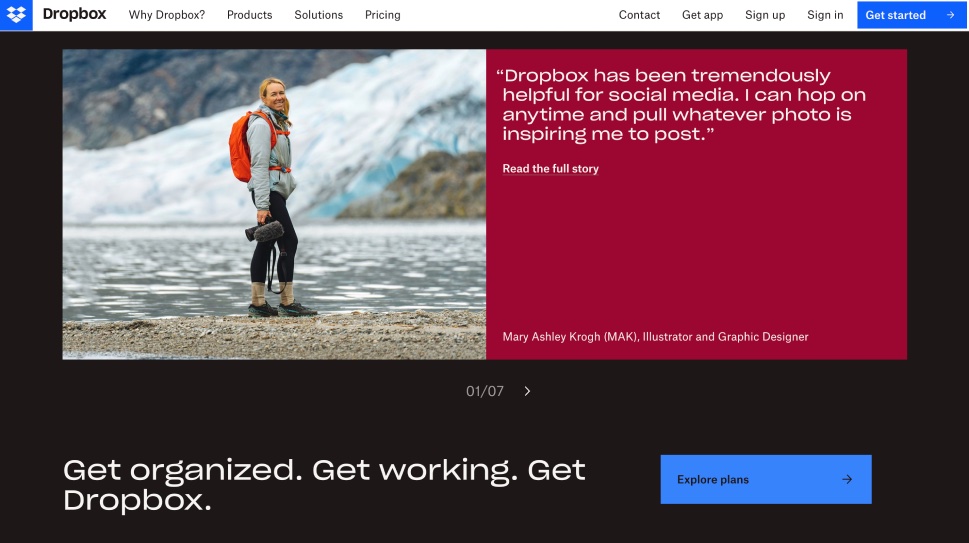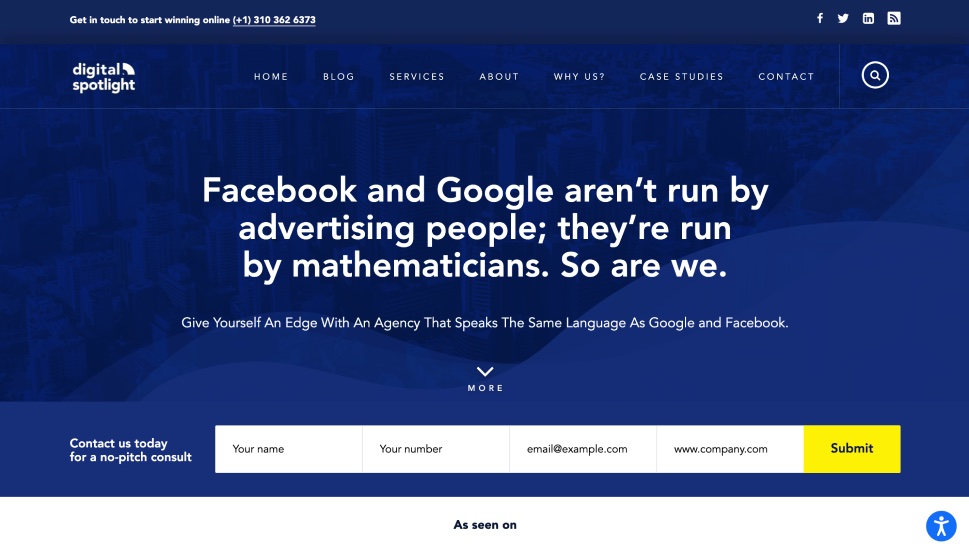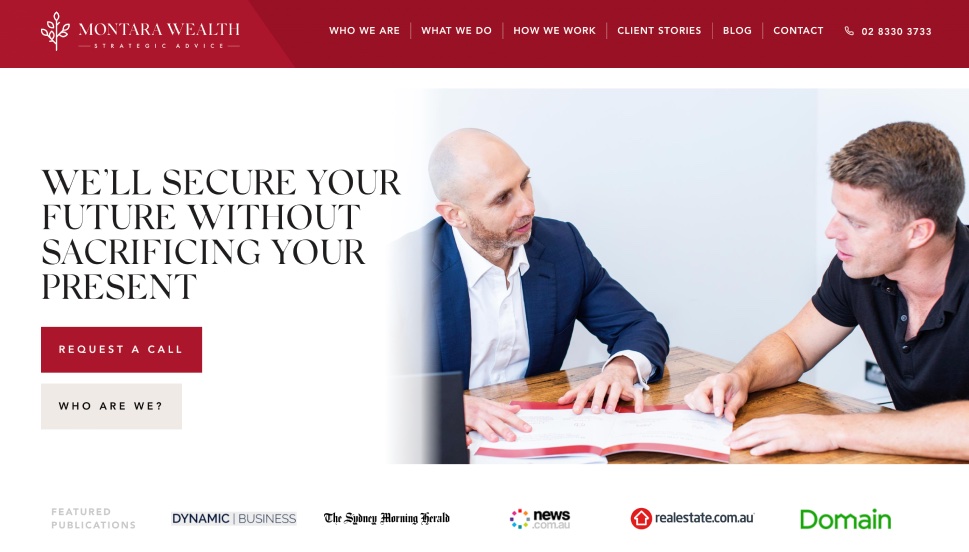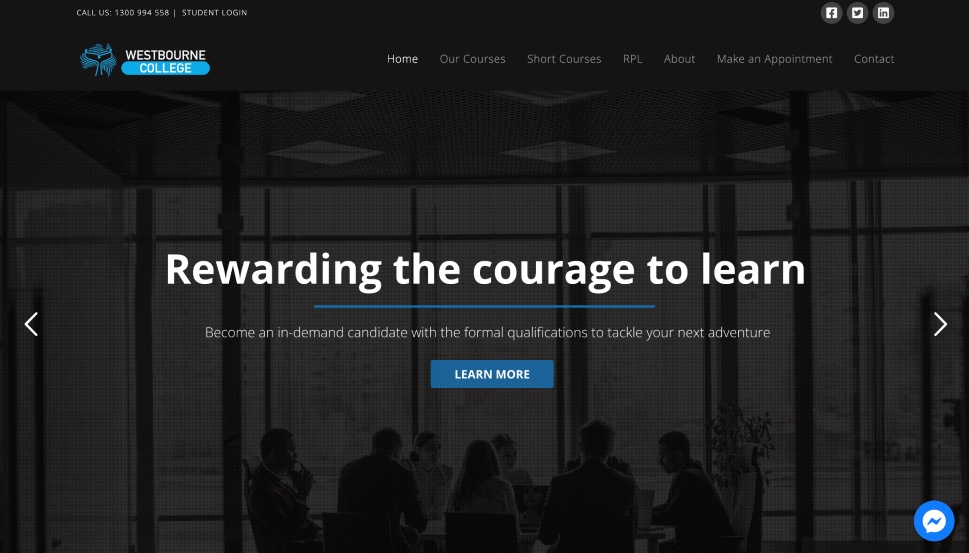Everything You Need to Know About Direct Response Copywriting

A strong relationship with consumers has always been the prerequisite for success in business however the trends in marketing and advertising changed through history. Those pieces of copy that spark emotion and target the consumers’ needs are the pieces that drive conversions.
While establishing a strong and stable relationship with your consumers usually takes a long-term marketing and content strategy, direct response copywriting offers a way to establish a strong connection with the target audience and increase conversions significantly in just one piece of copy. Of course, a long-term content strategy and direct response copywriting are not in opposition. For your business to succeed, you do need both.
In this article, we’ll cover all the essential aspects of direct response copywriting so that you know how you can benefit from it and how to use it for your business. Keep reading to learn more about:

Direct response copywriting is an incredibly effective content strategy whose main goal is to provoke an immediate response from the consumers. This type of content communicates directly to your target group’s persona in compelling ways to prompt them to take the specific action instantly. There are several types of actions that are usually the focus of direct response marketing campaigns:
-
Purchase
-
Newsletter sign up
-
Freebie download
-
Social media following
Direct response copywriters have a challenging task not only to keep the consumers’ attention but also to push them to make the purchase, subscribe or take similar action right after they finish reading the copy. Therefore direct response copywriting requires a thorough understanding of both the target market and the target group. You need to know exactly who you want to attract and what you want them to do.
This kind of copy usually begins with a compelling headline that is followed by an engaging, highly informative and carefully structured copy written in a tone that is friendly yet professional enough to establish authority and trust. Skillful and talented direct response copywriters are a very important asset for any company as they are able to generate significant amounts of return on investment.
Metrics play an important role in direct response copywriting as they directly indicate how effective the copy is. And, since these direct response messages have a very specific goal to achieve, it is easy to measure their effectiveness.
Direct response marketing is often associated with direct mail, but there are actually no rules that strictly define the channels to be used in this sort of marketing. The direct response marketing strategy may include TV/radio commercials, landing pages, email, social media ads, paid ads, advertorials, brochures, or any other type of marketing approach that aims at getting a return on investment as soon as possible.

Without knowing your target audience well, it is practically impossible to create a killer direct response copy. Different types of consumers are triggered by different factors so knowing what type of consumers are the most interested in the product/service and understanding the logic behind their behavior is fundamental for direct response copywriting. Thorough market research is absolutely necessary and all the data collected about the consumers through different analytics tools are of great importance for direct response copywriters. Putting all the pieces of the puzzle about the target audience that you get via different methods and transforming it into a copy that addresses the consumers’ pain points, sparks their emotions, and prompts them to take action immediately is not a simple task. So, how do you do it?

Direct response campaigns may be very different as they may target completely different types of consumers, but what absolutely all direct response copies have in common is an irresistible, catchy, smart headline. Without it, any other effort can easily go to waste. The purpose of a strong headline is to grab the consumers’ attention and intrigue them to read the rest of the ad. We can safely say that a good headline gets half of the job done. The most famous example of a great headline that is used as an example of how headlines should be done for aspiring copywriters all around the globe is David Ogilvy’s headline for the Rolls Royce ad – “At 60 miles an hour the loudest noise in this new Rolls-Royce comes from the electric clock”. Even today, hardly anyone can stay indifferent to this headline. It points out the benefits of the product without directly speaking about them. What’s important to note here is that a catchy headline does not imply any specific length. If you can grab the consumers’ attention in just a couple of words – great, if not, don’t hesitate to use longer headlines if you believe they will have a head-turning effect.

Contrary to the popular belief, long-form copy sells way more than short-form ads. The thing is, if you want the consumer to take immediate action, he needs to be well informed. As David Ogilvy once said – “The more you tell, the more you sell.” Despite the various stats that speak about how consumers’ attention span gets shorter and shorter, the fact is that if the consumers are intrigued by the headline, they will gladly want to have all the information they can possibly have before making the purchase, subscribing, or taking some other specific action. Several companies, bloggers, and other experts even ran tests to see what kind of copy on their website performed better and the conclusion undeniably pointed out that long-form copy is supremely effective over short-form one. You can always easily test what would work better in your case, though the long-form copy is a kind of standard in direct response copywriting. Running A/B tests is never a bad idea and could provide you with even more clues about how to make your pages, ads, or content more effective. Before you deliver a ton of info about the offer, it is essential that you make sure you have established a connection with the consumer by using an adequate tone of voice that is personal and friendly yet authoritative enough to ensure you earn the trust of the consumer.

The usual copy you can see on CTAs is Submit, Download, Subscribe, Buy, and similar lines. These kinds of CTAs are fine, but not if you want to provoke an instant reaction. No matter how great your copy is, or how effective the headline you came up with is, unless the CTA is not just as persuasive, all the efforts may as well be in vain. Therefore direct response copywriters usually use words and phrases that are more action-inspiring like “Yes, Give Me Access to” or “Get Your Free Copy of…” and similar. The CTAs that read more like a consumer’s own wish than like a brand’s demand are the CTAs that perform best.
What’s also important to know is that a CTA is not just something to include once at the end of your copy. It should actually be repeated three times in a different manner throughout the copy so that the last CTA makes perfect sense for the consumer.

The AIDCA is an acronym that describes all the essential elements a good direct response copy must include, and it is very handy as a reminder when checking the copy quality. The letters in the AIDCA stand for:
-
Attention
-
Interest
-
Desire
-
Conviction
-
Action
So, a direct response copy must attract attention first – that’s why you need an amazing headline. Then, it has to raise interest by targeting the pain points and heat the desire by providing all the useful info about the product/service and the solution to the consumer’s problem. The copy has to be convincing and consistent as the consumer needs to trust you. And last but not least, a clear, enticing call to action is always included and pretty crucial for the overall outcome.

The common way brands communicate implies using lots of “we” and “I” statements. While this approach may work in terms of building authority, it doesn’t support establishing a relationship with the consumer, and what’s even more important, it doesn’t inspire action. The best direct response copy manages to speak directly to the consumers, it is not addressed to everyone but to that one consumer who is reading the copy. To paraphrase David Ogilvy – your consumers will never gather together and read your copy all at the same time – picture your target consumer alone and write to him directly. It goes without saying that for this approach to be successful you need to have a deep knowledge of your target consumer. So, it is not about what “we” can do for you, but how “you” can benefit from the product/service.

Although it is of great importance to provide all the relevant information about the product/service that you are selling to your consumer, too many details that require too much explaining are often a huge turn-off. Let’s say you are selling medicine for headaches. More than half of the consumers will surely not be chemists or pharmacists, so they can’t really understand the science behind the medicine. You need to recognize the kind of data that will impress consumers the most and put them in a context that is easy to digest. This is very similar to the K.I.S.S principle coined by the U.S. Navy that stands for “keep it simple and stupid”.
Over-explaining is not only unnecessary but also dangerous as it may make you look like you are trying to hide something. What consumers need to know is how the product solves their problems, and what makes it effective. They are not interested in science lessons. Keep the copy clear, logical, check for consistency, and for those who want more details you can always cite reputed sources and leave relevant links.

Since the goal of direct response campaigns is to encourage the consumers to take instant action they have to trigger strong emotional reactions. Direct Response copywriters have to dig deep into the psychological triggers of the target group and that often implies provoking not-so-pleasant emotions. Generally, the flow of a direct response copy goes like this:
-
Problem
-
Agitate
-
Solution
The psychological triggers that are most often involved include fear, anger, and sorrow and, though not so often, some more pleasant feelings like confidence, success, happiness.
Although humans came a long way from the caveman era, our reptilian brain is still prone to react in a fight or flight manner and those automatic, instinctive reactions that have a deep root in our subconscious mind are the type of reactions direct response copy aims to provoke.
The most common trigger that direct response copywriters use is the sense of urgency and fear of missing out. You will recognize at least one of these two in a contemporary direct response copy that performs well.
Apart from a couple of David Ogilvy’s ads we’ve mentioned earlier, many impressive direct response campaigns performed great. Another interesting example comes from Bill Jayme and his bathroom door question campaign, whose goal was to get people to subscribe to Psychology Today magazine. He sent out letters to the prospects with the headline “Do you close the bathroom door even when you’re the only one at home?”. A headline definitely sparks curiosity and makes you want to open the envelope whichever your answer to the question actually was. Below the headline, there was an invitation for taking a free psych test which was a great introduction to a magazine about psychology. The rest of the letter was just as appealing and the campaign was very successful.
Dropbox ran a very efficient and elegant direct response marketing campaign with a copy that was an excellent example of how you can use the copy to offer a value proposition to your target group. It perfectly tackles the pain points of the users and underlines the solution offered by Dropbox which enables users to collaborate on anything, anytime, anywhere.

Digital Spotlight is a creative digital agency that runs a great direct response campaign starting with a headline – “Google and Facebook beat the competition by working with mathematicians. So can you.” The rest of the copy precisely targets the pain points of their target audience and different CTAs are sprinkled all over.

Montara Wealth insurance company also does a great job with their direct response copy starting with the headline “We’ll secure your future without sacrificing your present”. Their homepage is a bright example of how you can use direct response copy to make the most of your homepage. CTAs are well distributed, and every line of copy is balanced, offers very clear and persuasive info, and inspires action.

Westbourne College is an online course provider whose simple yet strong headline is based on thorough research of its target group. “Rewarding the Courage to Learn” addresses the target group’s hopes and manages to raise curiosity at the same time. It is followed by a simple and very common CTA “Learn More” that in the context of online learning courses actually fits perfectly and smoothly highlights the brand message.

In Conclusion
Direct response marketing is one of the most effective content strategies but it is not the only one. Relying solely on direct response copy for your revenue without offering any other type of content will not earn you loyal consumers. Other approaches like storytelling, for example, are also necessary for establishing a relationship with your consumers.
Since direct response copywriters often resort to inspiring fear with the consumers as that is the most powerful emotion that easily sparks action, this sort of writing has often been the subject of ethical discussions. But, it is not the first time in the history of marketing that marketers use the power to manipulate human emotions for sales purposes, so there’s no reason for you to hesitate to employ this strategy for your business. At the end of the day, it all boils down to the copywriter’s skill and talent – some manage to write incredibly effective copies only by targeting pleasant emotions, others immediately point to the consumer’s most vulnerable spot. It is up to you to choose the direction that will be in line with your brand’s values and your overall content strategy. The results of direct response marketing campaigns are easily measured so you will quickly learn what kind of approach is best to take for your business.



